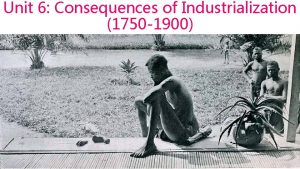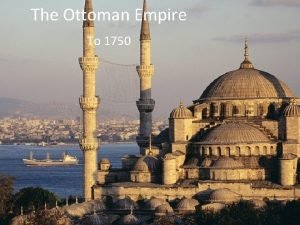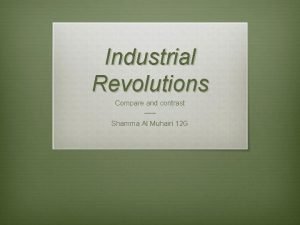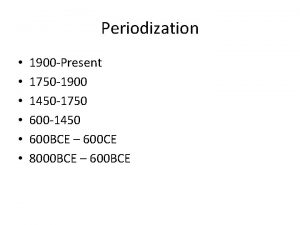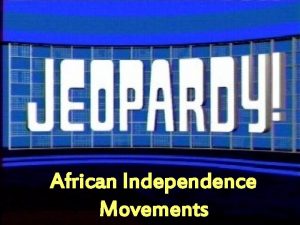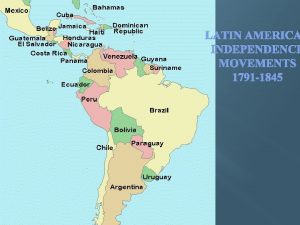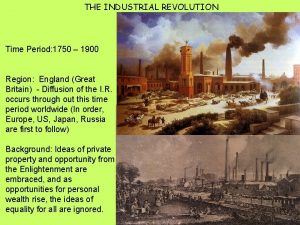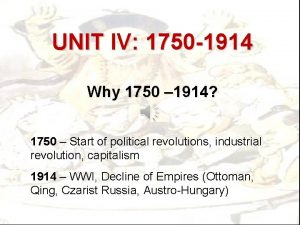1750 1900 Himalayan Region Industrial Revolutions Independence Movements











- Slides: 11

1750 – 1900 Himalayan Region Industrial Revolutions & Independence Movements APWH

1750 - 1900 • Technological advances in travel – ships, railroads, etc…, increased travel of humans and goods worldwide. • Huge migration movements to the Americas from Europe and Asia • Industrial Revolution set up core countries who would have factories and they needed raw materials – peripheries were used for raw materials. Economic advances and development were not carried out in countries controlled by Europe. Led to lack of development that still plagues Africa, Latin America, and parts of Asia today. • Serf and slave systems ended in most parts of the world. • Political revolutions and independence movements

1750 - 1900 • Industrial Revolution • Began in Great Britain because of economic and political stability. Spread to the rest of Europe and the world (*remember however that the Chinese had an earlier industrial revolution). Some countries had major government involvement in their industrial revolutions (Russia & Japan) while others relied upon laissez-faire and individual capitalists. Overall the “losers” of the Industrial Revolution were the poor who gave the most labor but failed to get an equal share of the new found wealth and those in nonwestern countries who lost their raw materials and were discouraged from industrializing. • *Song Dynasty Industrial Revolution 907 -960

1750 - 1900

1750 - 1900 • growing population in rural areas and enclosure of land/large-scale farming sends more labor to urban areas leading to increase in size of industrial working class in industrialized economies; young women recruited to work in textile factories; children work in factories as well until child labor laws later in the nineteenth century • growing middle class due to industrialized economies' need for more white-collar workers, including teachers for public education when child labor laws enforce compulsory education; women are recruited to teach young children in public schools

1750 - 1900 • Southeast Asia • • • French colony of Indochina (Vietnam, Laos, and Cambodia) U. S. colony of Philippines Dutch colony in Indonesia Portuguese control of Macao, Malacca, Goa Thailand remains independent.

1750 - 1900 • East Asia • Opium Wars (China and Britain) • Spheres of Influence (European countries “claimed” areas that they would “influence” • Admiral Matthew Perry in Japan • Japanese imperialism in Korea • Taiping Rebellion • Boxer Rebellion

1750 - 1900 • Middle East • Crimean War (England Russia fighting over Balkan and Arab dominance) Suez Canal (Built by French and British) • Tanzimat Reforms in Ottoman Empire • Tobacco Rebellion in Iran • Zionism

1750 – 1900 • Japan • 1853 - Shogunate accepts U. S. demands from President Filmore. • 1868 - Meiji Restoration

1750 - 1900

1750 - 1900
